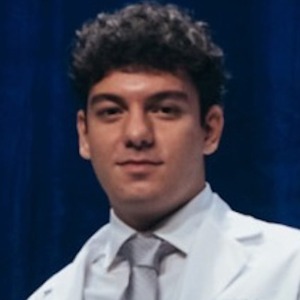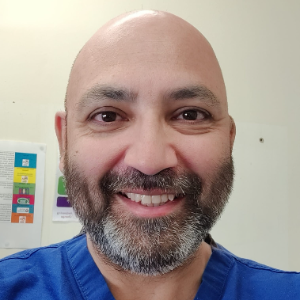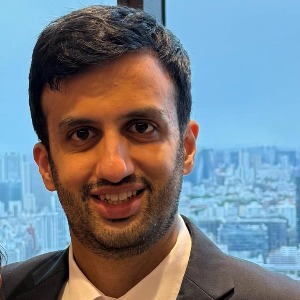Sports Injuries
Sports Injuries, a pervasive concern within the realm of orthopaedics, encompass a diverse array of musculoskeletal conditions that arise from athletic activities, training regimens, and competitive sports. These injuries can affect various structures, including muscles, ligaments, tendons, bones, and joints, impacting athletes of all ages and skill levels. Common sports injuries include sprains, strains, fractures, dislocations, tendonitis, and ligament tears, each requiring specialized attention to ensure optimal recovery and the prevention of long-term complications.
The causes of sports injuries are multifactorial, arising from factors such as inadequate warm-up, improper training techniques, overuse, biomechanical imbalances, and traumatic events during sports participation. Acute injuries may result from sudden impacts or excessive force, while chronic overuse injuries develop gradually due to repetitive motions and stress on specific body parts. The type and severity of sports injuries can vary widely, from minor sprains that may resolve with rest and conservative measures to complex fractures or ligament tears requiring surgical intervention. Diagnosis of sports injuries involves a combination of clinical evaluation, imaging studies such as X-rays, MRI, or CT scans, and specialized tests to assess the extent of damage. Orthopaedic specialists employ their expertise to differentiate between various injuries, understanding the biomechanics of sports-related movements and tailoring treatment plans accordingly. Timely and accurate diagnosis is paramount to implementing appropriate interventions and facilitating a timely return to sports. Treatment strategies for sports injuries encompass a continuum of care, ranging from conservative measures to surgical interventions. Rest, ice, compression, and elevation (RICE) are initial steps in managing acute injuries, followed by physical therapy to restore strength, flexibility, and function. Non-surgical approaches may include medications, bracing, and therapeutic modalities. In cases where conservative measures prove insufficient, orthopaedic surgeons may perform surgeries such as arthroscopic procedures, ligament reconstructions, or fracture fixations to optimize recovery. Preventive measures play a crucial role in mitigating the risk of sports injuries, emphasizing proper conditioning, adequate warm-up and cool-down routines, protective equipment use, and adherence to safe sports techniques. Athletes benefit from education on injury prevention, including awareness of their body mechanics, recognition of warning signs, and strategies to avoid overtraining. The interdisciplinary nature of sports injury management involves collaboration between orthopaedic specialists, physical therapists, sports medicine physicians, and other healthcare professionals. Rehabilitation programs are tailored to each athlete's specific needs, focusing on a gradual return to sports activities while minimizing the risk of re-injury. Psychosocial support is often integrated into the rehabilitation process to address the emotional and mental aspects of recovering from a sports-related injury. Ongoing research and technological advancements continually enhance the understanding and management of sports injuries. Innovations such as regenerative medicine, advanced imaging techniques, and wearable technology contribute to improved diagnostics, treatment modalities, and injury prevention strategies

Stephen S Tower
University of Alaska Anchorage, United States
Marcos Brioschi
American Academy of Thermology, United States
Wagih El Masri
Keele University, United Kingdom
Arif Akkok
Lake Erie College of Osteopathic Medicine, United States
Akash Ganguly
Warrington and Halton Hospitals NHS FT, United Kingdom
Sajid Ali
The Dudley Group NHS Foundation Trust, United Kingdom




Title : The UK profemur recall and implant cobaltism
Stephen S Tower, University of Alaska Anchorage, United States
Title : The tomographic phenotype and the genotype of wormain bones
Ali Al Kaissi, National Ilizarov Medical Research Center for Traumatology and Orthopaedics, Russian Federation
Title : New treatment of muscle contracture and joint contracture through muscle regeneration with mitochondrial dynamics
Ki Ji Lee, Busan Medical University, Korea, Republic of
Title : New treatment of sarcopenia through muscle regeneration with mitochondrial dynamics
Ki Ji Lee, Busan Medical University, Korea, Republic of
Title : The prevalence and association of self-reported depression symptoms with musculoskeletal pain and quality of life among pregnant women
Youssef Masharawi, Tel Aviv University, Israel
Title : Bipolar hemiarthroplasty under local anesthesia (2%)
Ketan Karabhai Parmar, Aayush Multispecialty Hospital, India